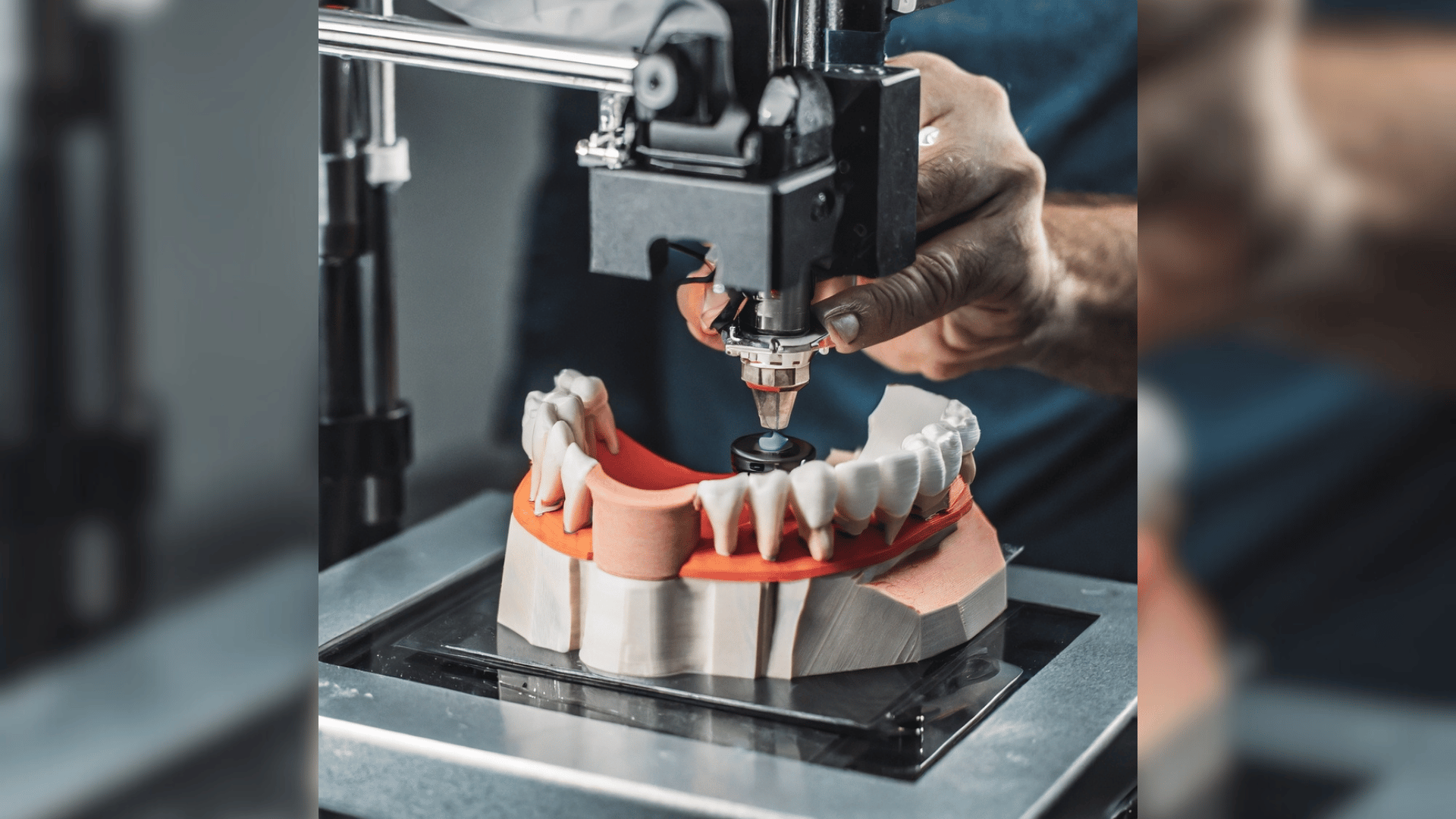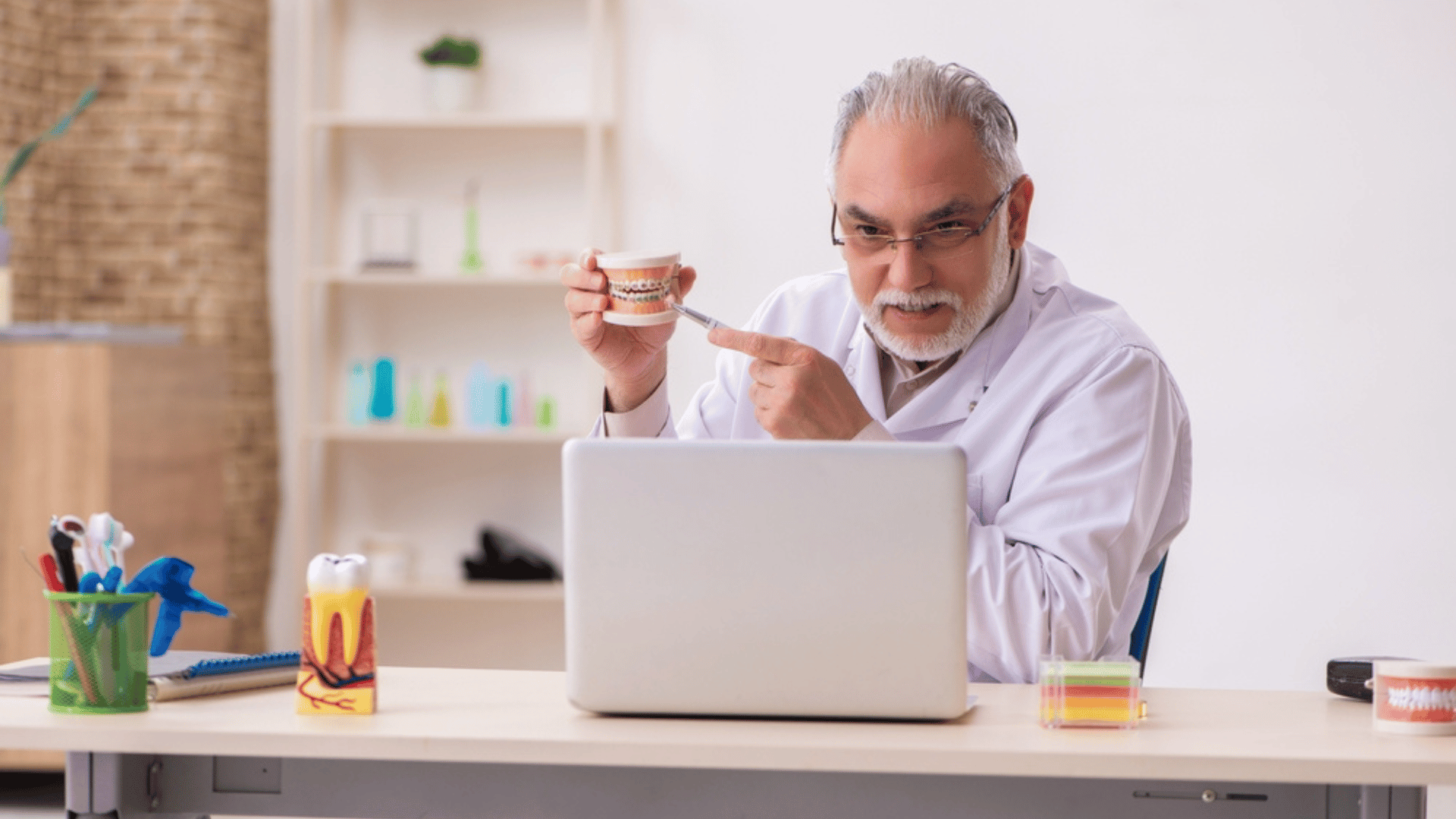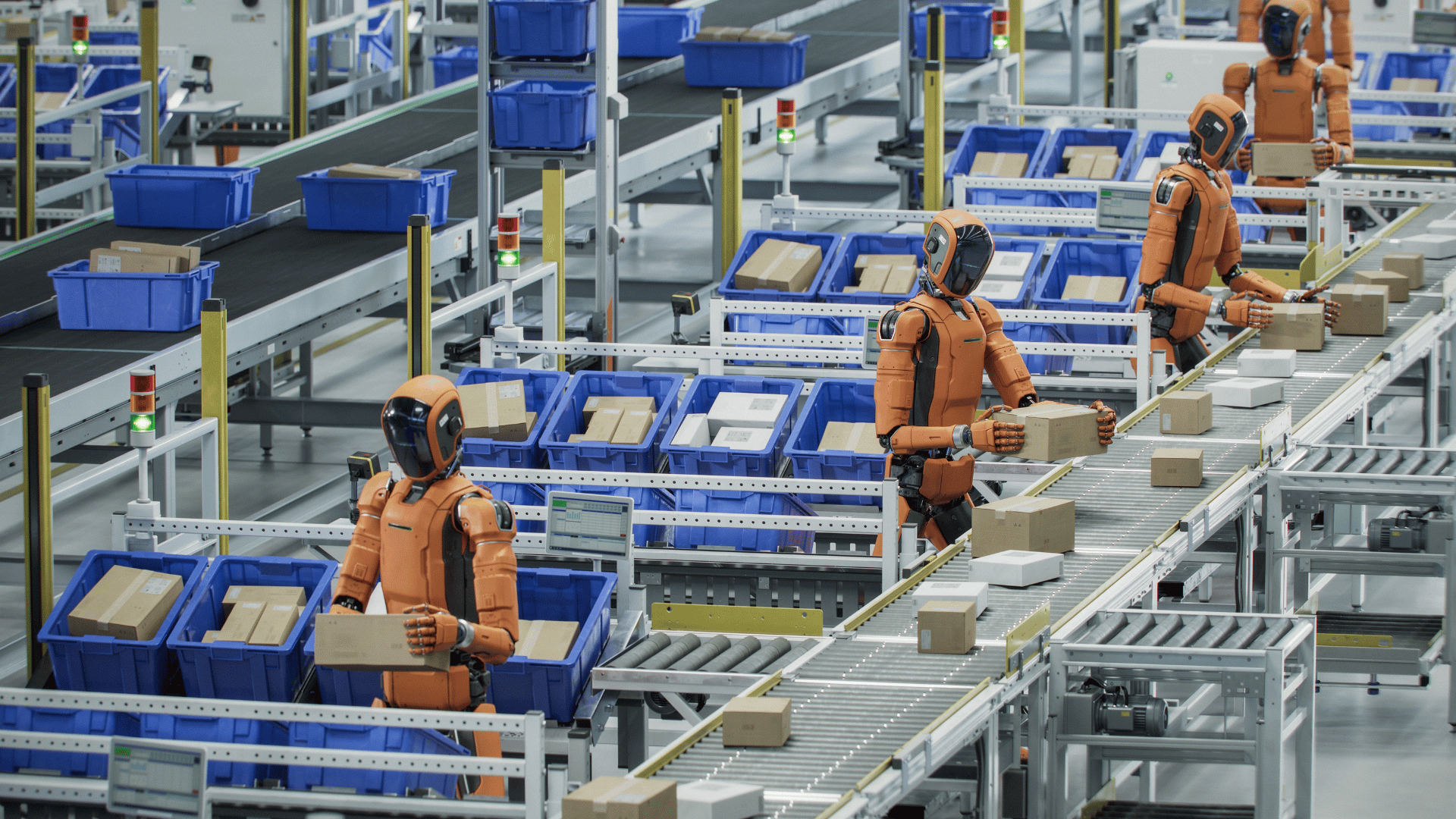Explore the cutting-edge technologies that are making dental care more accessible, efficient, and patient-centered, from new customization capabilities to remote consultations.
Artificial Intelligence

New AI technology supports efficient and accurate diagnoses, allows for early detection, and empowers patients by letting them see what the dentist sees. Heartland Dental, for example, uses AI to digitally scan the mouth and highlight areas where tooth decay is present.
It’s also preventative in that the technology can locate areas in the mouth that are beginning to show signs of decay, allowing patients to correct problem areas before they lead to full decay. Additionally, because AI allows all of this to be digitally rendered instantaneously, doctors can visually show their diagnoses to patients, which empowers patients with more knowledge and transparency.
AI is also used to create virtual assistants trained to meet the needs of dentists, retrieving and analyzing patient histories using pattern-detecting algorithms. These smart toothbrushes provide data about the patient’s brushing habitats to practitioners, and intraoral and extraoral X-ray analyses.
3D Printing

The use of 3D printing in the dental industry has been growing rapidly due to its low cost, quality, and quick production capabilities. Modern dentists can digitally scan the mouth and convert the data into math that can be used to 3D print teeth.
Digital scanning can also be used to scan a patient’s teeth and instantly show a digital 3D scan on-screen. This allows for accurate restoration fitting and patient education, as the doctor can visually display problem areas to patients.
Teledentistry

Due to the COVID-19 pandemic, the practice of teledentistry has been on the rise in the past couple of years. According to Research and Markets, it is predicted to continue growing until 2030.
The need to maintain oral health and reduce in-person visits has pushed dental professionals to rely on technology to replace in-person visits intermittently. Though it can’t completely replace in-person visits for certain diagnoses and treatments, it can provide better accessibility to people with mobility issues or those living in remote areas.
Tune in to the Science Channel to watch Smile Science at 10 AM ET on Saturday, October 5!







